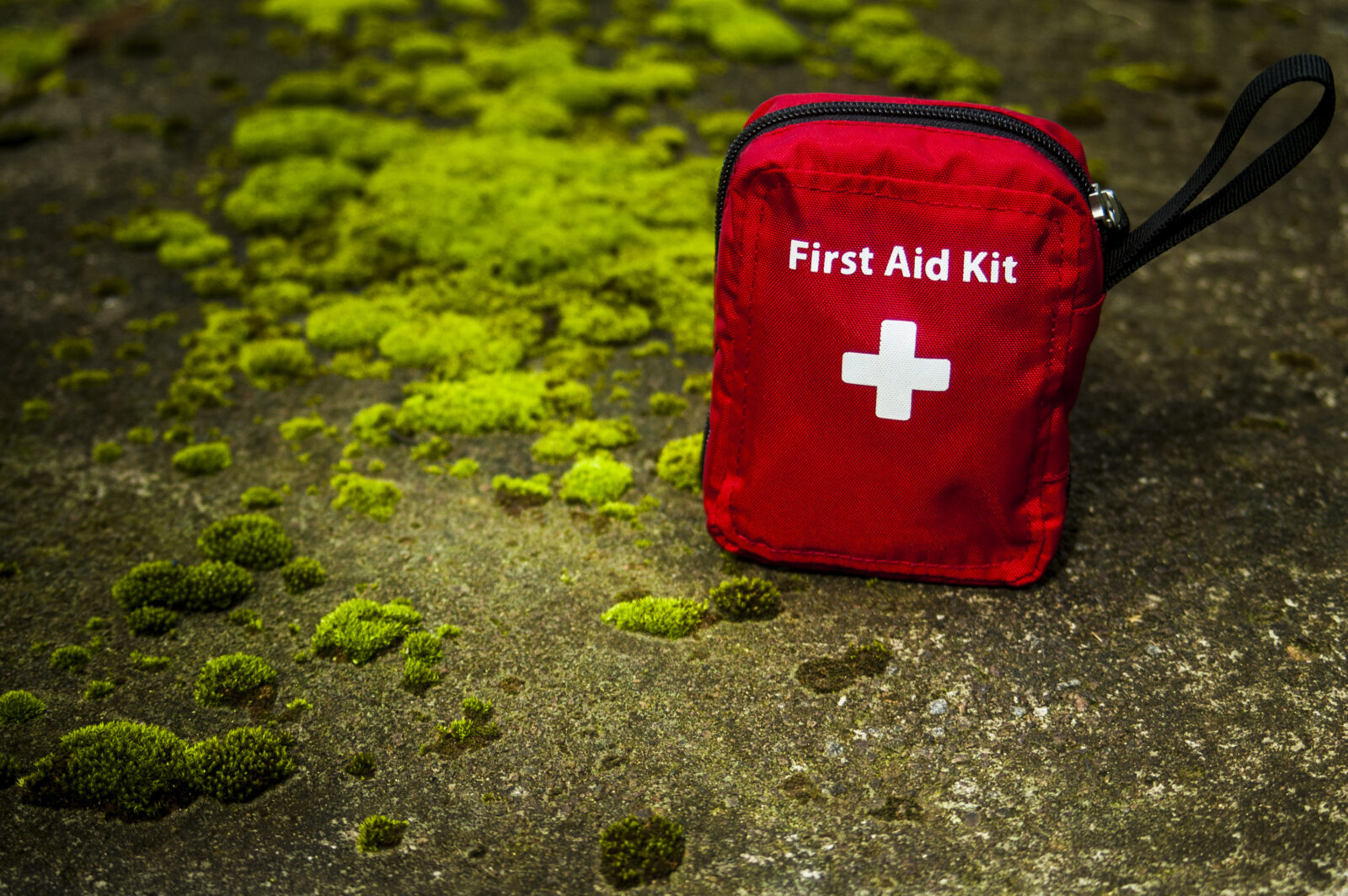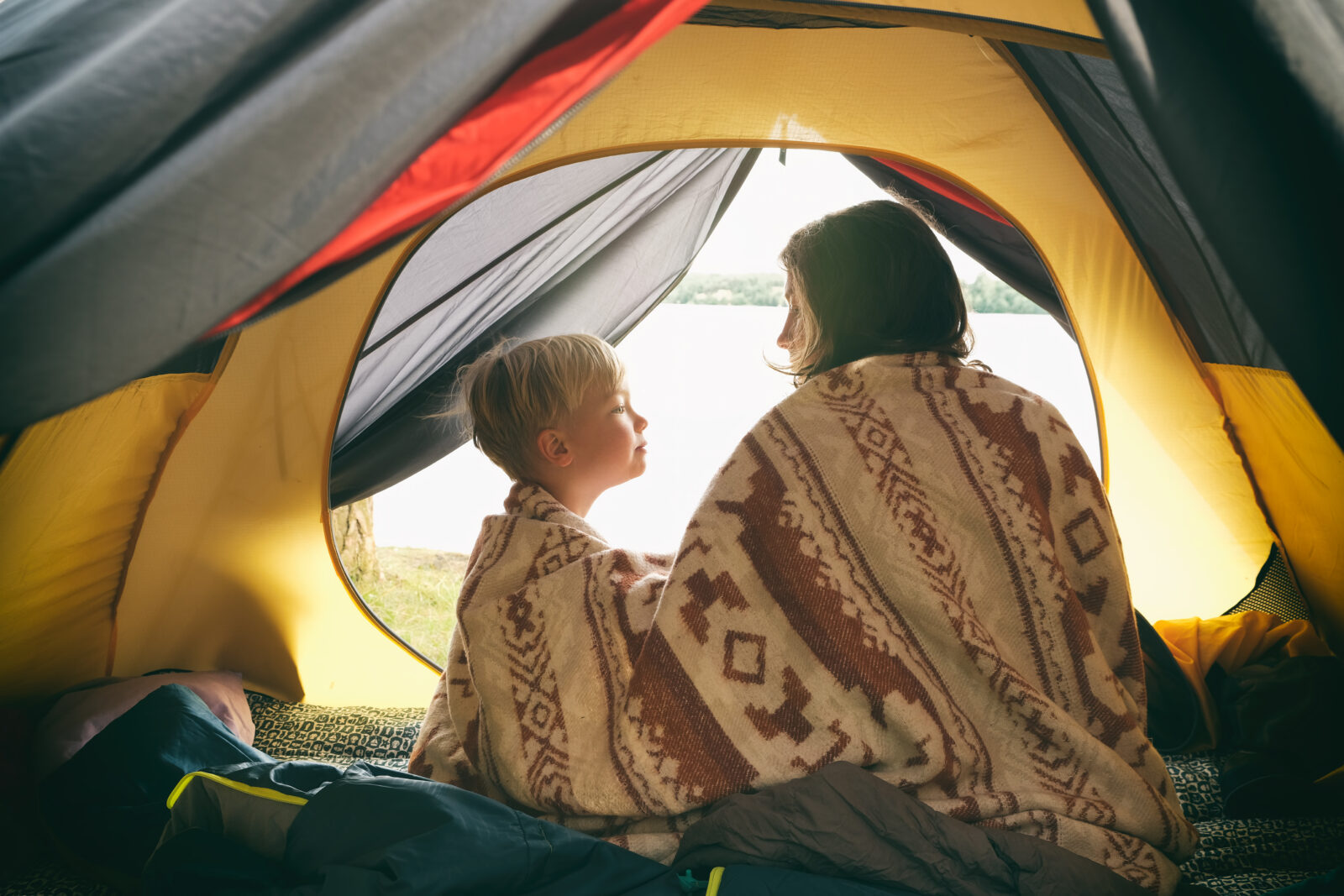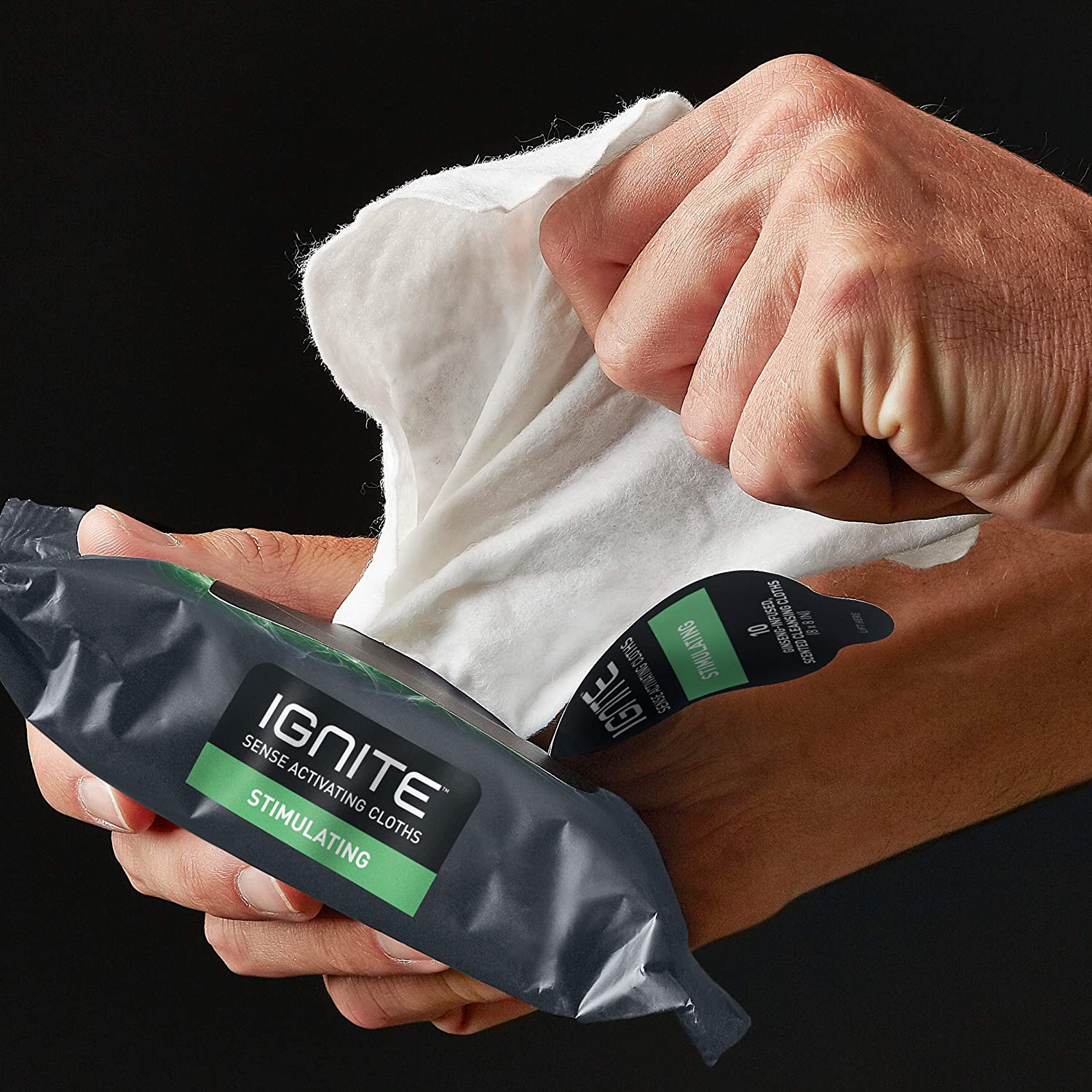Wishing you could go camping without having to worry about ticks?
We feel the same way.
Although spending time in the great outdoors on a camping trip is sure to be a fantastic experience, figuring out a way to avoid those dreaded disease-carrying ticks isn’t as straightforward as it might seem.
To ensure that you can make the most of your time outside without worry, we’ve put together this guide to how to avoid ticks while camping.
Coming up, we’ll offer up 10 different ways to keep the ticks at bay so you can focus on having fun on your next adventure.
1. Wear long pants
Since ticks are mostly ground-dwellers, protecting your legs by wearing long hiking pants is a must for any camper.
Indeed, while many of us enjoy wearing shorts while hiking and camping, doing so isn’t great when the ticks are out and about during your camping trips to Shenandoah National Park.
In particular, wearing long pants while hiking or walking through bush is of the utmost importance. That’s because ticks are more likely to crawl onto your while you’re hiking in shaded, forested areas than they are when you’re sitting at your campsite.
2. Consider using gaiters
In addition to wearing pants, anyone camping in known tick habitat should strongly consider wearing gaiters. That’s because gaiters create a second layer of protection over your hiking pants legs to prevent ticks from crawling under the fabric of your pants.
Although you could just tuck your pants legs into your hiking socks to stop ticks from crawling onto your legs, doing so isn’t exactly stylish or practical.
Plus, gaiters are quality pieces of gear in their own right. Wearing gaiters can help keep your pants dry when trekking through muddy trails in Great Smoky Mountains National Park. They can also help keep dirt and debris out of your hiking boots.
So, gaiters are a solid multi-purpose piece of equipment that can help you stay tick-free while camping.
3. Try insect-repellent clothing
Even if you do wear long pants and gaiters, there’s still a chance that you’ll find ticks trying to crawl around on your clothing. Therefore, opting for insect-repellent clothing is a sure bet.
Many companies now make hiking clothes that are pre-treated with insect repellent. The treatment technology used in gear varies from company to company, but they’re all designed to keep mosquitos, ticks, and other biting insects at bay while you camp in places like Hot Springs National Park.
Additionally, the insect-repellent in most treated clothing will last throughout dozens of washes in the laundry, so it’s a nice choice for frequent adventurers.
4. Treat your gear with permethrin
If you already have a lot of hiking clothing that you know and love, you may not be interested in buying brand-new insect-repellent gear. Thankfully, there is still a way to protect yourself from ticks without the need to purchase new hiking clothes; permethrin spray-on treatment.
With a bottle of spray-on permethrin, you can turn any piece of hiking gear into a bug-proof solution for your camping adventures.
You’ll want to consult your permethrin’s instructions for detailed guidance on how to apply it to your clothing. But, most models are designed to spray directly onto your gear, providing you with easy protection from ticks.
Do keep in mind, however, that permethrin is toxic to cats. So, if you have cats, be sure to spray your clothing outside in a well-ventilated area. Then, wait until the permethrin spray has completely dried on your clothing before bringing it back inside where your cat might come into contact with it.
5. Do a tick check every day
While doing a tick check every day won’t necessarily prevent ticks from biting you, doing these checks regularly is essential if you want to prevent tick-borne illnesses.
In fact, with many tick-borne diseases, such as Lyme disease, which is widespread in Northeastern US parks like Acadia National Park, early tick removal is key. Therefore, checking for potential tick bites in your 4-person tent at the end of each camping day is important.
For guidance on how to do a tick check, watch this video from the Maine Center for Disease Control and Prevention.
6. Carry a tick removal tool
Doing regular tick checks is just one part of the process of protecting yourself from ticks. In addition to looking for ticks on your body, you’ll also need to have a plan in place for what you’ll do if you find a tick attached to your skin during your routine searches.
The solution? A tick removal tool.
While there are a lot of folklore-type methods for removing ticks, such as burning them with lighters or painting the tick with nail polish, using these methods is not a good idea. In fact, many of them will simply agitate the tick, which could increase your risk for disease.
In reality, the CDC recommends that people only use a purpose-built tick removal tool or a set of fine-tipped tweezers to remove a tick. So, be sure to have one of these tools on hand in your first aid kit for all your adventures – just in case.
7. Avoid off-trail hiking
As much as we intrepid hikers might enjoy off-trail trekking, it’s not really a great thing to do if you’re concerned about ticks.
In fact, off-trail hiking in places like Cuyahoga National Park can bring you into locations where tall grass and other brush are abundant. Since ticks prefer to hang out in these sorts of environments, walking off-trail can increase your risk for a tick bite.
Thus, as tempting as it may seem, hiking off-trail should be avoided whenever possible during the tick season.
8. Wear insect repellent
Although we’ve already discussed the benefits of treating your clothing with insect repellents, it’s also worth mentioning the importance of using a topical insect repellent when camping.
While no insect repellent is foolproof, using an EPA-registered insect repellent that contains either DEET, picaridin, or lemon eucalyptus oil can help protect you and your family from ticks during your adventures.
9. Take a camp shower
While showering might not seem like your first line of defense from ticks, regularly taking camp showers can help you wash off any ticks that might’ve crawled onto you during the hiking day.
Indeed, adding camp showers into your normal post-hiking routine can both keep you clean and help you prevent tick bites. Plus, showering is also a great time to do your full tick check as it provides you with a great chance to search for ticks on your body with relative ease.
Just don’t forget to pack your camp towel so you can dry off after your shower!
10. Go winter camping
Last but not least, if you want to avoid ticks while outside, consider going winter camping.
Although sleeping outside in the cold might not sound like everyone’s idea of a good time, it’s highly unlikely that you’ll encounter a tick when the daily high temperatures are below freezing.
So, pack your winter sleeping bag and get outside to enjoy the tick-free wonders of winter camping.
Gaby Pilson
Gaby is a professional mountain guide with a master’s degree in outdoor education. She works primarily in the polar regions as an expedition guide, though she can be found hiking, climbing, skiing, sailing, or paddling in some of the world’s most amazing places when not at work.


